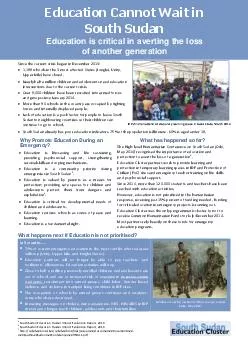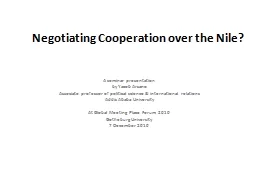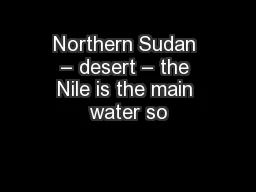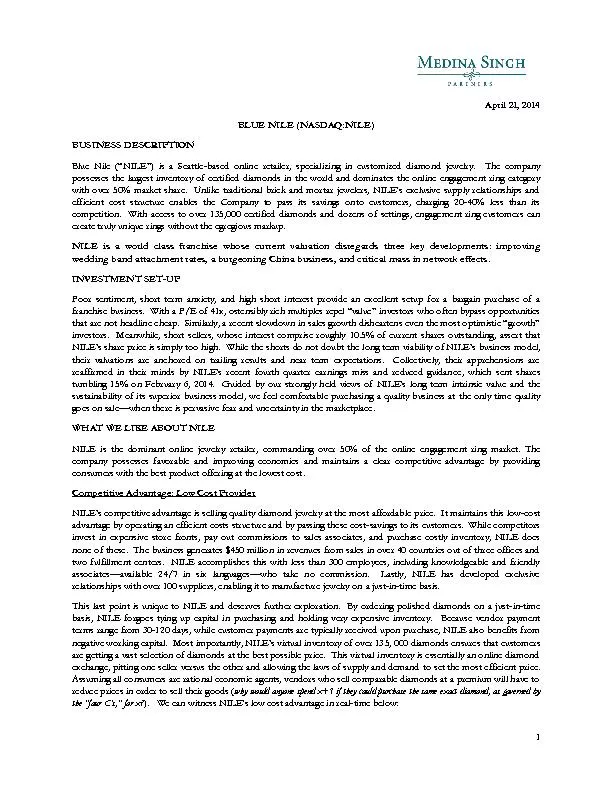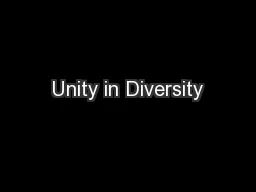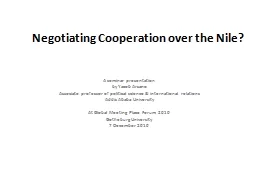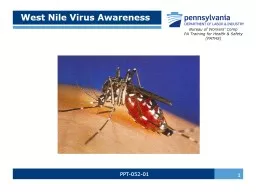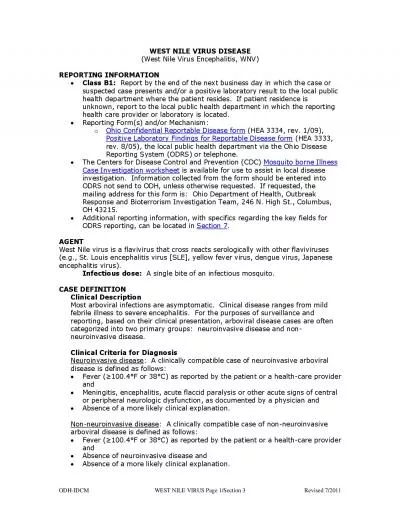PDF-Since the current crisis began in December x schools in the most affected tates Jonglei
Author : trish-goza | Published Date : 2015-01-16
x Nearly half a million children and adolescents need education interventions due to the current crisis x Over 9000 children have been recruited into armed forces
Presentation Embed Code
Download Presentation
Download Presentation The PPT/PDF document "Since the current crisis began in Decemb..." is the property of its rightful owner. Permission is granted to download and print the materials on this website for personal, non-commercial use only, and to display it on your personal computer provided you do not modify the materials and that you retain all copyright notices contained in the materials. By downloading content from our website, you accept the terms of this agreement.
Since the current crisis began in December x schools in the most affected tates Jonglei: Transcript
Download Rules Of Document
"Since the current crisis began in December x schools in the most affected tates Jonglei"The content belongs to its owner. You may download and print it for personal use, without modification, and keep all copyright notices. By downloading, you agree to these terms.
Related Documents

